| Structure | Name/CAS No. | Articles |
|---|---|---|
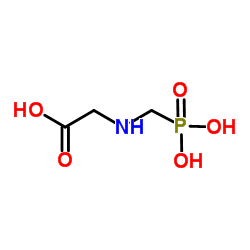 |
Glyphosate
CAS:1071-83-6 |
|
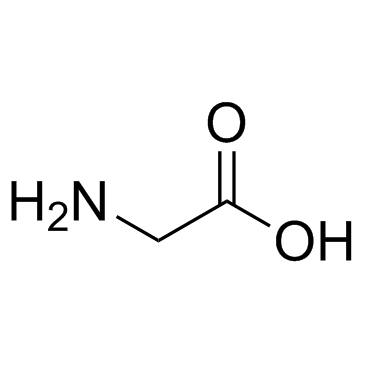 |
Glycine
CAS:56-40-6 |
|
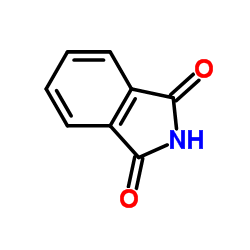 |
O-Phthalimide
CAS:85-41-6 |
|
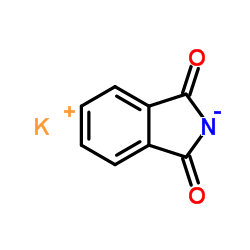 |
Potassium phthalimide
CAS:1074-82-4 |
|
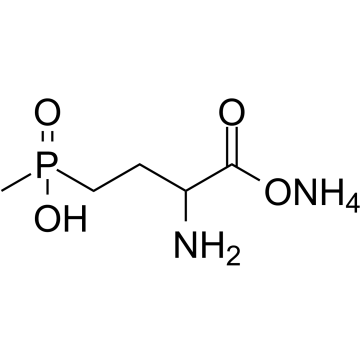 |
Glufosinate ammonium
CAS:77182-82-2 |
|
 |
Glycine HCl
CAS:6000-43-7 |